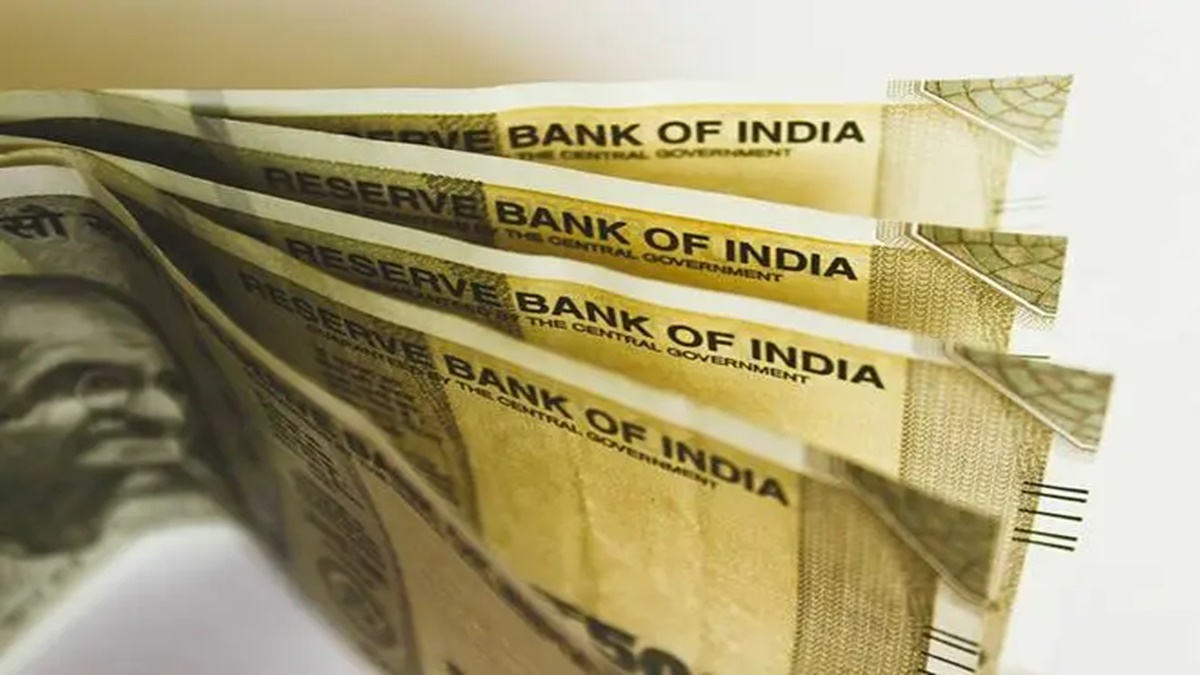The majority of the portfolio management services (PMS) schemes underperformed the Nifty50 in FY23 amid sustained market volatility. As many as 56%, or 165 of the 297 PMS schemes were not able to beat the returns generated by the benchmark.
The 297 schemes collectively delivered average returns of -0.1%, slightly higher than the -0.6% given by the benchmark. Twenty-two schemes delivered double-digit returns during the year.
Also Read: Morningstar to shut its PMS business in India by Q2
Among individual categories, large-cap PMS schemes (average returns of -0.1%), multi-cap schemes (-0.03%) and small-cap PMS schemes (0.5%) outperformed their respective benchmarks. Mid-cap schemes (-0.04%) underperformed benchmark Nifty Midcap 100 (1.15%).
Most PMS schemes tend to adopt concentrated portfolios, which can work both ways. If few of the calls go wrong, it can hit overall performance, said experts.
Hem Securities’ India Rising SME Stars, a small-cap strategy, was the top performer for FY23 with returns of 34.3%, followed by Molecule Ventures’ Growth strategy (28.8%) and Green Lantern Capital’s Growth Fund (22.1%).
Basant Maheshwari Wealth Adviser’s Equity Fund was the worst performer in FY23 with returns of -26.2%, followed by Turtle Wealth’s 212*Growth Mantra (-24.4%) and Lake Water Advisors’ India Growth strategy (-20.9%). Three Motilal Oswal strategies — Focused Midcap, IOP and IOP V2 — were among the 10 worst performers.
In 2018-19, a number of wealthy individuals migrated from mutual funds to PMS in search of alpha. Many of the PMS schemes, barring the top performing ones, have not delivered alpha.
“A more meaningful picture will emerge once the respective benchmarks for different PMS categories come into play. To get a better idea of which schemes are performing, they need to get broken down further into specific buckets,” said Sameer Kamdar, founder & CEO, Smart Money.
Also Read: PMS or mutual funds, which should investors choose? Check risks, rewards for both
The Association of Portfolio Managers in India has fixed benchmarks for equity, debt, hybrid and multi-asset PMS strategies, which will be effective from April 1.
PMS investors are at a little disadvantage vis à vis mutual funds on the taxation and fees front. Investors have to pay an additional tax of 0.6-0.8% on PMS schemes vis à vis equity MFs since all transactions happen on their respective trading accounts. In certain cases, they have to shell out profit share to the manager if returns are over a certain hurdle rate.
According to experts, quality and growth kind of strategies have particularly suffered in the past year with value stocks gaining the spotlight. PSUs, banks and industrials have done better than quality and growth names in the FMCG and IT space, where stocks have become pricey. IT shares, for instance, rose substantially post-Covid, but corrected in the past year on rich valuations and on realisation that some of the growth assumptions during the pandemic may not materialise going forward.
PMS schemes managed Rs 22.9 trillion under the discretionary portfolio, Rs 1.7 trillion under the non-discretionary portfolio, and Rs 2.2 trillion under advisory, latest regulatory data showed.
The PMS segment invests money on behalf of well-off individuals. The minimum investment that regulations allow is Rs 5 million.
